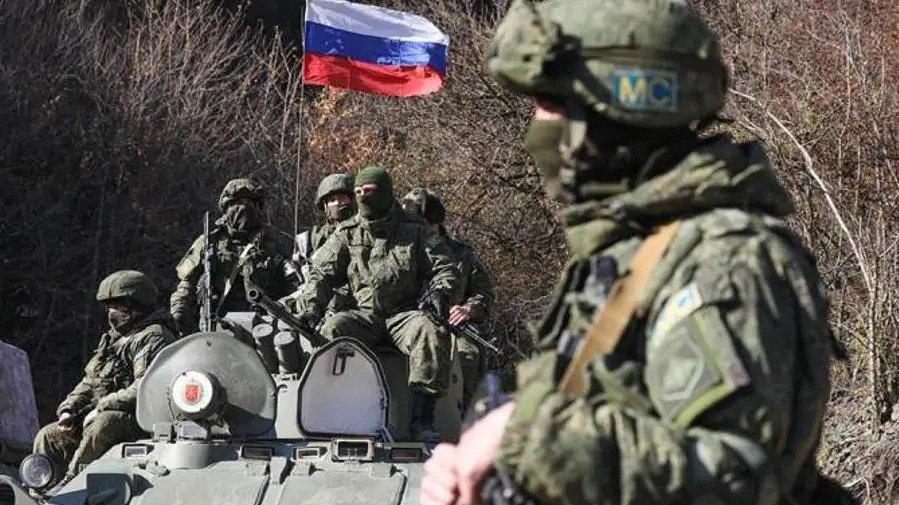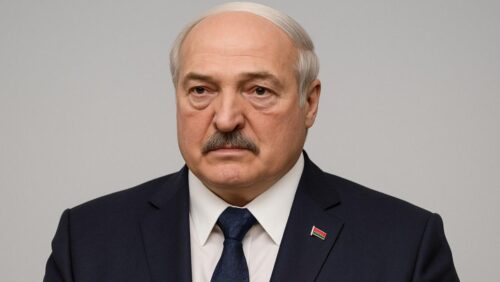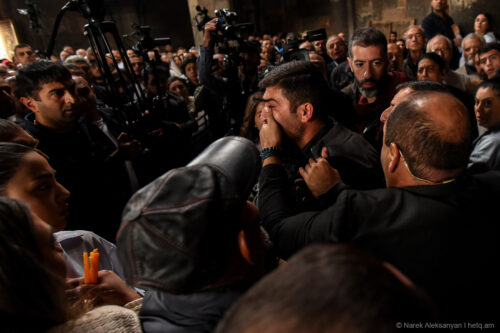
The Peacekeeping Mission of Russia and International Forces: Lessons From the Past
Genesis Armenia think tank/foundation has published the first part of an article titled “The Peacekeeping Mission of Russia and International Forces: Lessons from the Past” by Candidate of Political Sciences Abraham Gasparyan and Historian Armen Sargsyan. The article is presented below:
Part One
Currently, being in the midst of the West-Russia conflict, as we have lost the 10th province of Historical Armenia, i.e. Artsakh—Artsakh and Syunik were the only regions of the Republic of Armenia that almost entirely included the territories of historical provinces—it has become increasingly urgent to study the policies of countries with mandate rights (representing peacekeeping forces) toward the Armenian people throughout our history.
Today, there are three main directions in the security system of the Armenian people: pro-Western, pro-Russian, and forces that believe in relying on their own capabilities by strengthening themselves and cooperating with both the West and the East.
Until last year, Russian peacekeeping forces were present in Artsakh, and the emergence of new peacekeeping forces in Artsakh cannot be ruled out, as the issue of Artsakh is getting internationalized.
The peacekeeping mission of Russia and international forces, in light of the Treaty of San Stefano and the decisions of the Congress of Berlin: During the 1877-1878 Russo-Turkish War, Russia achieved success on both the Balkan and Caucasian fronts. Russia managed to capture part of Western Armenia, which awakened liberation hopes among the Armenian people and political circles. Interestingly, at that time, there were three political directions among Western Armenians. The first one was the pro-Russian direction, which was the most dominant one, led by high-ranking clergymen Nar-Pey (Khoren Galfayan) and M. Izmirlyan. They believed that no state could withstand Turkey like Russia, especially since the motto for the outbreak of the war was the freedom of Christians. The next direction was the pro-English one, led by M. Khrimyan and G. Otyan, who were the main guides of national life at the time. Representatives of this direction sought to contrast liberal England with imperial Russia. The third direction was the pro-Turkish one, which had considerable supporters before the war but weakened significantly afterward. These were mainly individuals holding positions in the state apparatus and the economic sector. It is also important to note that there was a high level of consolidation among these three directions during the negotiations over the Armenian Cause, which unfortunately has not always been the case in our history.
On Feb. 19, 1878 (March 3), following the Russo-Turkish War, a preliminary peace treaty was signed in San Stefano, and the Armenian Cause was internationalized. Article 16, concerning Armenians, stipulated that administrative reforms should be implemented in the parts of Western Armenia from which Russia would withdraw under the pressure of Western powers. Turkey was obligated to implement improvements and reforms based on the local needs of the Armenian-populated regions. The greatest pressure on Russia came from Great Britain, which had a very negative impact on the Armenians. Great Britain’s actions were motivated by its concerns regarding its interests in Asia, particularly regarding the routes leading to India. Article 19 of the treaty stipulated that in the Asian part Russia would gain Ardahan, Kars, Batum, Sarighamish, Bayazet, Olti, Alashkert, Ardvin, Kaghzvan, and other territories. Simultaneously, Erzrum and Basen, captured by the Russians, were to be returned to the Ottoman Empire, and the reforms were primarily to be conducted in these areas. Article 16 clearly states: “Considering that the withdrawal of Russian troops from the areas of Armenia they have occupied—which are to be returned to Turkey—may give rise to conflicts and difficulties that will have harmful effects on both states, the Sublime Porte commits to immediately implement improvements and reforms based on the local needs of the Armenian-populated regions and to protect the safety of Armenians from Kurds and Circassians.” Article 25 stipulated that the Russians would withdraw from the territories occupied as per the treaty six months later, and throughout this time Turkey was to carry out the reforms specified in Article 16. In fact, under the Treaty of San Stefano, Russia was internationally recognized as a peacekeeping force for six months and the guarantor of the implementation of reforms in the provinces of Western Armenia that remained under Turkish control. However, this was not enough for the West.
Article 61 of the Congress of Berlin, held on July 13, 1878, stipulated that the issue of reforms in Armenian-populated areas should not be conditioned upon the presence of Russian troops, who were, in fact, the guarantors of Armenian security. Instead, the reforms were to be implemented after the withdrawal of the Russian army, under the guarantee of the great powers. In fact, the goal of all these changes by the Western countries was to replace the Russian peacekeeping and reform implementation forces with the great powers’ oversight of reforms and international guarantees for security issues. Under the treaty, Russia retained Kars Province, while Alashkert and Bayazet were ceded to Turkey—again under Western pressure. This meant that the mandate for part of Western Armenia was being transferred from Russia to Western countries, a move that echoes today’s attempts. The question of reforms in Western Armenia was “buried,” becoming entangled in the conflicts among European countries, as they took no concrete steps in this direction, leaving Armenians defenseless after the Russians withdrew.
In summary, let us note that Western countries were more interested in weakening Russia than in overseeing the implementation of Armenian reforms. Unfortunately, the West-Russia confrontation continues to this day, and we must learn serious lessons from the past.
To be continued


